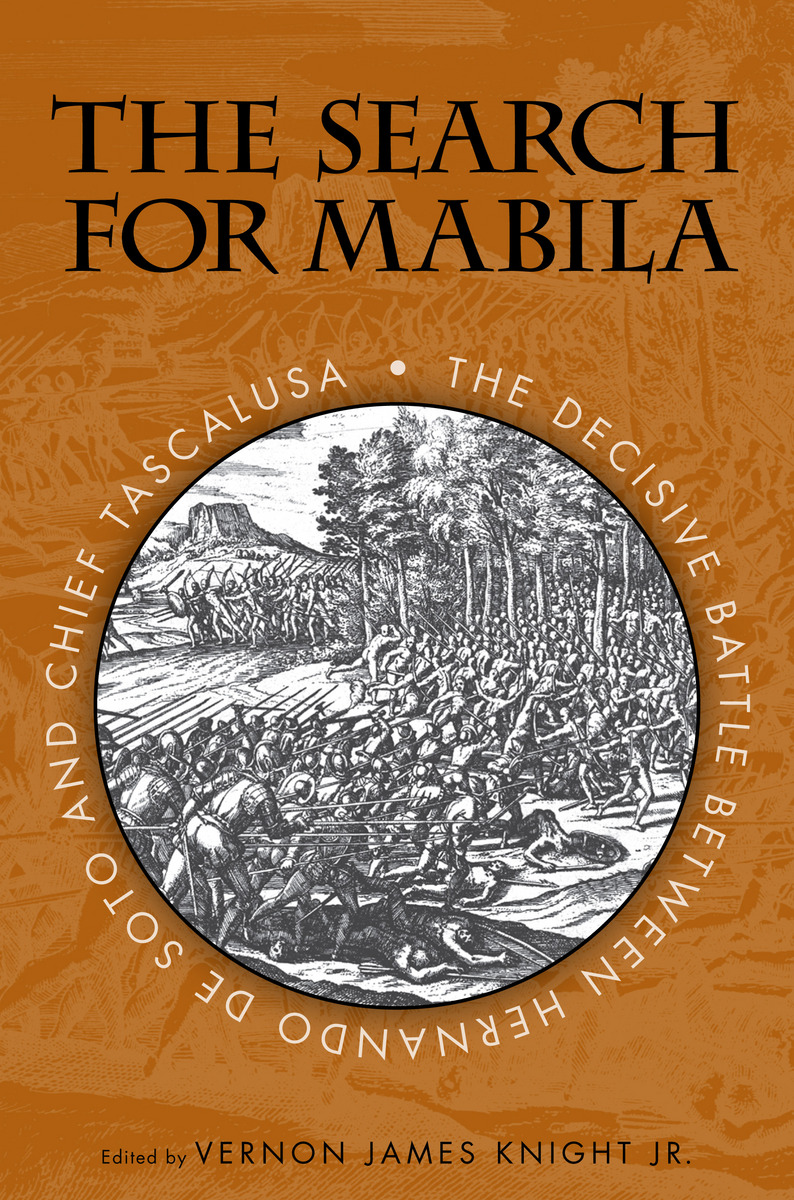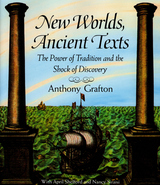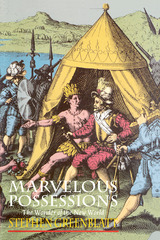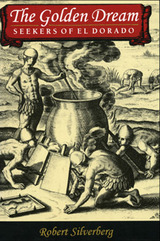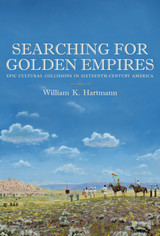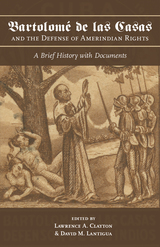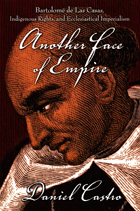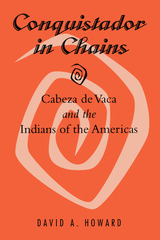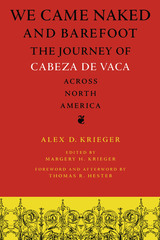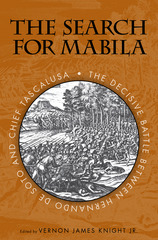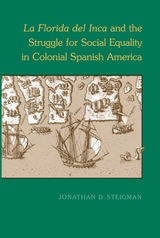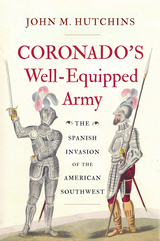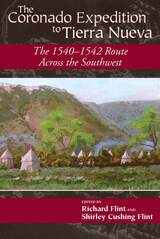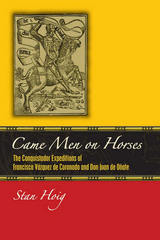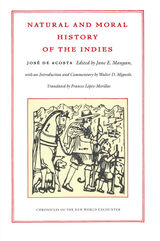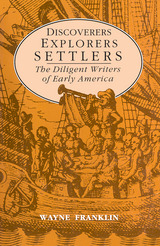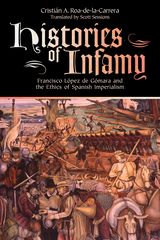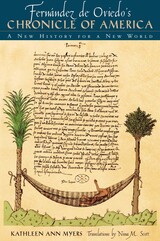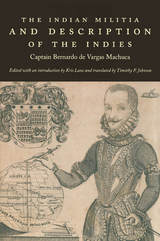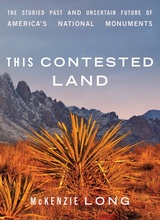The Search for Mabila: The Decisive Battle between Hernando de Soto and Chief Tascalusa
University of Alabama Press, 2009
Cloth: 978-0-8173-1659-4 | Paper: 978-0-8173-5542-5 | eISBN: 978-0-8173-8242-1
Library of Congress Classification E125.S7S43 2009
Dewey Decimal Classification 970.016092
Cloth: 978-0-8173-1659-4 | Paper: 978-0-8173-5542-5 | eISBN: 978-0-8173-8242-1
Library of Congress Classification E125.S7S43 2009
Dewey Decimal Classification 970.016092
ABOUT THIS BOOK | AUTHOR BIOGRAPHY | REVIEWS | TOC
ABOUT THIS BOOK
One of the most profound events in sixteenth-century North America was a ferocious battle between the Spanish army of Hernando de Soto and a larger force of Indian warriors under the leadership of a feared chieftain named Tascalusa. The site of this battle was a small fortified border town within an Indian province known as Mabila. Although the Indians were defeated, the battle was a decisive blow to Spanish plans for the conquest and settlement of what is now the southeastern United States. For in that battle, De Soto’s army lost its baggage, including all proofs of the richness of the land—proofs that would be necessary to attract future colonists. Facing such a severe setback, De Soto led his army once more into the interior of the continent, where he was not to survive. The ragtag remnants of his once-mighty expedition limped into Mexico some three years later, thankful to be alive. The clear message of their ordeal was that this new land, then known as La Florida, could not be easily subjugated.
But where, exactly, did this decisive battle of Mabila take place? The accounts left by the Spanish chroniclers provide clues, but they are vague, so lacking in corroboration that without additional supporting evidence, it is impossible to trace De Soto’s trail on a modern map with any degree of certainty. Within this volume, 17 scholars—specialists in history, folklore, geography, geology, and archaeology—provide a new and encouragingly fresh perspective on the current status of the search for Mabila. Although there is a widespread consensus that the event took place in the southern part of what is now Alabama, the truth is that to this day, nobody knows where Mabila is—neither the contributors to this volume, nor any of the historians and archaeologists, amateur and professional, who have long sought it. One can rightfully say that the lost battle site of Mabila is the predominant historical mystery of the Deep South.
See other books on: Discovery and exploration | First contact with Europeans | First contact with other peoples | Spaniards | Spanish
See other titles from University of Alabama Press
